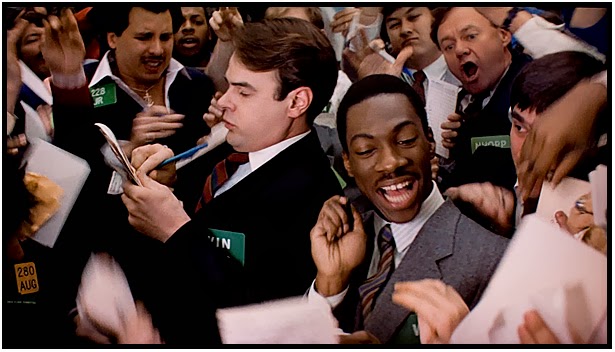The politics of bailouts: How political connections of banks conditioned their bailout during the financial crisis
My new paper (open access; meaning free to read) is out in the new edition of Public Choice (published online first in February this year). This was my second PhD paper at Oxford, and one I am particularly fond of given the importance of the topic and one of the cornerstone arguments of my upcoming book Elite Networks: The Political Economy of Inequality (more on that below).
What's the main finding?
In short, I looked at the effect of political connections on the allocation of TARP funds to US banks, and found that TARP recipients that lobbied the government, donated to campaigns, or whose top execs had direct connections to politics received better bailout deals.
Let’s unpack this.
In 2008, as the crisis unfolded in the US, the banking industry elevated its lobbying and campaign spending activities. You might remember the panic days in Sep & Oct ’08 where it seemed like the financial world is collapsing. Getting bailed out was a priority for many banks, especially the biggest ones which had regular daily meetings with top government officials (Treasury Secretary Paulson and Geithner of the New York Fed).
By the end of 2008 and during 2009, the banks that spent the most on political campaigns and lobbying, on average, received the largest bailout packages (relative to size of assets). Is that relationship causal?
 |
| Total number of financial services firms lobbying, peaking in 2009. The straight vertical line denotes the start of the bailout allocation process (October 28, 2008) |
To prove causality we must address this problem by using some randomization in outcomes between treated and controlled units. Recall my previous blog on the econ Nobel for causal inference to understand why.
It just so happens that during the 2008 panic, the US was in the midst of an election campaign for the President and the new Congress. That context allows me to exploit very close electoral races (decided within a 1% margin) between Congressmen as sources of as-good-as-random assignment of politicians connected to TARP recipients.
Why close races? Because in such close races a random element like luck (e.g. rain on election day) is most likely to have tipped the outcome, meaning that bare winners and losers—and firms attached to them—are supposed to be statistically interchangeable.
I apply two methodological approaches based on natural experiment design: regression discontinuity design and instrumental variables. Basically, I compare connected firms whose politicians won narrow elections to connected firms whose politicians lost narrow elections.
The RD estimation finds that a connected politician’s close electoral victory increased the bailout allocation for that politician’s connected firm by around 13%, on average.
 |
| The effect of a connected political victory on the share of bailouts to total assets (y-axis) for close races |
The IV approach finds that firms with more connected politicians who won closely contested elections received more TARP funds (the effect is a 19% increase in TARP funds for a one-standard-deviation increase, which is about 12 more connected politicians winning close elections). It is easy to see how the effect grows stronger for firms which had more connected politicians, meaning that those at the upper extremes of the distribution (the biggest 8 banks e.g.) will yield higher benefits from their political connections.
These are two different effects, but they both suggest a similar conclusion: being politically connected clearly made a difference in the allocation of TARP funds among those financial institutions who received them. The results do not imply that some banks were deliberately favored over others, just that favored banks benefited because of their proximity to the right people in power. If being politically connected matters in general, in times of crisis it matters even more.
Hopefully the study will provide a blueprint for further research on political influence and the distribution of government funding, particularly during times of high-stress events or serious economic hardships (e.g. public procurement & bailouts during COVID).





Comments
Post a Comment